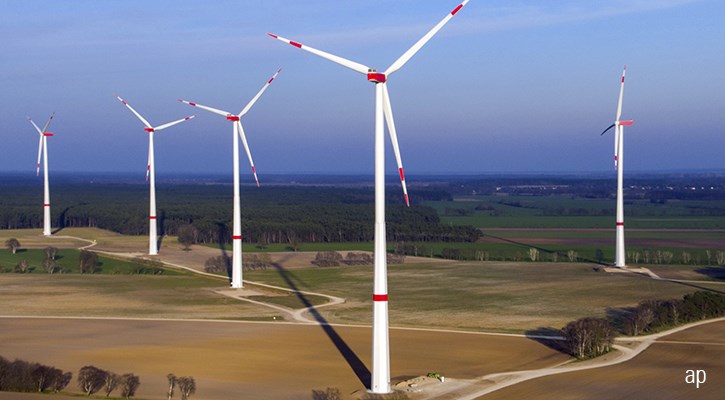
The upcoming 26th UN Climate Change Conference of the Parties, or COP26, will focus on how the world intends to address the climate crisis. To set the world on the path to achieving net zero carbon emissions by 2050, commitments must be made and action must be taken during this decade, not only by countries and companies, but also by asset managers. With COP26's focus on commitments to net zero solutions set against a backdrop of a near-constant flow of climate-related disasters and changing weather patterns, more investors will want to know how their funds are protecting their investments fromclimate risks and what their funds are doing to accelerate the transition to net zero. Investors of all shapes and sizes will be highly interested in how their funds are responding to the climate crisis.
Here are three concrete steps that fund managers, all asset managers really, can take to address the climate crisis:
Make a Net Zero Commitment
A net zero commitment is a promise to invest in alignment with the global goal of achieving net zero emissions by 2050 or before. Some asset managers have already done this. Others are in the process of evaluating what such a commitment would entail. The Net Zero Asset Managers Initiative asks firms to commit to aligning their investments with the net zero goal. It currently has 128 signatories with $43 trillion in assets under management. After COP26, I expect to see many more asset managers committing to net zero alignment. Such commitments will become an important signal for investors in their evaluations of how asset managers are addressing climate change.
Fund-Level Climate Disclosure
All mutual funds and exchange-traded funds should disclose whether and how they are addressing the climate crisis. Fund investors deserve this information so they can make prudent decisions during this crucial decade. Even for asset managers that have made a net zero commitment, investors need to understand what that means for the specific funds in which they invest.
This should be a simple Statement on Climate Change that is readily accessible to all current and prospective investors. If a fund doesn’t take climate change into consideration, it should just say so. If it does, it should say how. Some funds may focus on mitigating climate risk, others on investing in climate solutions. More-comprehensive approaches may seek to do both. If an asset manager has made a net zero commitment, it should say specifically whether that commitment applies to each fund it manages.
Should this be a regulatory requirement? I don’t see why not. If company-level climate risk disclosure is going to be required, investors deserve to know whether and how funds are using that information. But, in the name of transparency and an all-hands-on-deck to a global crisis, there’s no reason why fund managers shouldn’t go take the initiative themselves.
Launch Climate-Solutions Funds
To address the need to direct more capital into climate solutions, fund managers should launch more climate-solutions funds or even broader climate initiatives. Many are already doing so. So far this year, 20 climate-aware funds have launched, most of them focused on solutions. Generation Investment Management announced this week the creation of Just Climate, which “seeks to catalyse and channel capital to companies and projects which have the potential to deeply decarbonise our economy, but which are not yet fully served by traditional investment mandates”.
“The focus will be first on identifying the most impactful climate opportunities that are not yet being funded, and fromthen on, it's a traditional approach to allocating capital in terms of risk and return,” said Generation's David Blood, who will lead the initiative. Just Climate has an institutional focus with large seed investors and will invest in privately held securities. But there is nothing keeping fund companies with a base of retail and smaller institutional investors from doing something similar.
They could tap larger institutional investors or their own reserves for seed money while making the funds accessible to all. Standard climate-solutions funds and ETFs would have a focus on publicly traded stocks and bonds, but they can hold up to 15% of their portfolios in illiquid securities. The accessibility of such funds to everyday investors could unlock some of the trillions invested in funds for climate solutions.
In the United States alone, stock and bond funds and ETFs have about $23 trillion (£16 trillion) in assets. Dedicated sustainable funds, including the 40 or so climate-solutions funds, make up about $330 billion of those assets. Given the magnitude of the climate crisis, it's not unreasonable to assume that increased investor concern and growing desire to address the crisis could result in $1 trillion or more assets reallocated to climate solutions. But that's if investors have access to appropriate fund vehicles. Every asset manager with a fund business should consider offering a climate-solutions fund.
The market would benefit from innovation and competition. Those that do so should also educate their existing investors about how to make prudent allocations to climate solutions, because answering the allocation question will be important in driving assets into these funds.




























